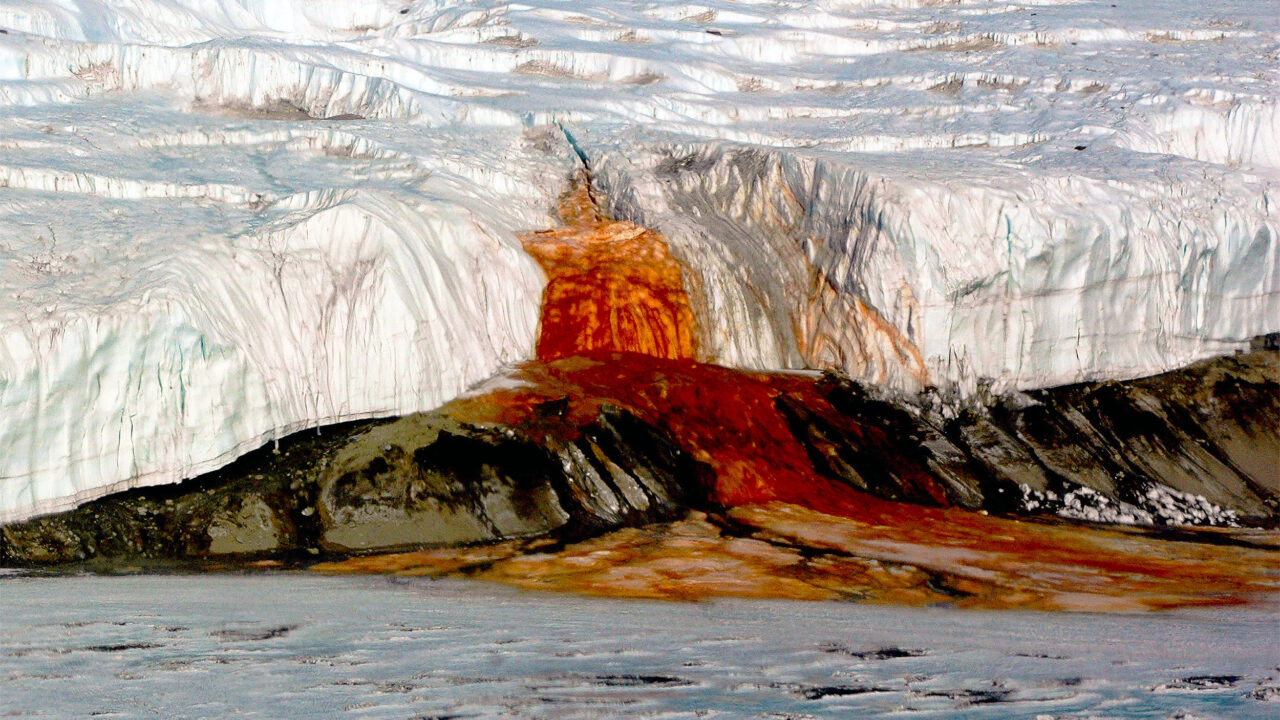What Is the Giant Crystal Cave?
The Giant Crystal Cave, also known as Cueva de los Cristales, is a natural wonder located nearly 300 meters (980 feet) below the surface of the Naica Mine in Chihuahua, Mexico. This otherworldly chamber is filled with massive selenite crystals, some reaching over 12 meters (39 feet) in length and weighing up to 55 tons.
The cave’s appearance resembles something from a fantasy movie with translucent crystals glowing under artificial light, creating a surreal and almost magical atmosphere.
Discovery of the Giant Crystal Cave
The cave was discovered in April 2000 by miners working for Industrias Peñoles, a mining company extracting lead, silver, and zinc in the Naica region. While drilling a new tunnel, they broke into a hidden chamber filled with gigantic crystals that had been growing undisturbed for hundreds of thousands of years.
Scientists believe the crystals formed from mineral-rich hydrothermal fluids heated by magma deep below the Earth’s crust. Over millennia, these fluids cooled slowly, allowing the selenite (a form of gypsum) to crystallize to extraordinary sizes.
The Harsh Environment Inside the Cave
Although the Giant Crystal Cave looks mesmerizing, it is one of the most hostile environments on Earth for humans.
Temperatures inside reach up to 58°C (136°F) with humidity levels close to 100%, making it impossible to stay inside for more than a few minutes without special cooling suits and breathing equipment.
Researchers who study the cave can only enter for short periods at a time. The extreme conditions are precisely what allowed the crystals to form and remain intact without human interference for so long.
Why the Cave Is Closed to the Public
Due to its fragile ecosystem and dangerous heat, the Giant Crystal Cave is not open to tourists. Only scientists and authorized personnel are allowed limited access for research purposes.
This restriction helps protect the crystals from damage and prevents the delicate balance of temperature and humidity from being disturbed, which could cause the crystals to deteriorate.
However, visitors can learn about the cave through virtual tours, museum exhibits, and documentaries that showcase its incredible structure and scientific importance.
Scientific Importance of the Giant Crystal Cave
The Giant Crystal Cave offers valuable insights into geological processes, mineral formation, and extremophile life.
Microorganisms trapped inside fluid inclusions within the crystals have been found to survive for thousands of years, providing clues about how life can endure in extreme environments even similar to conditions found on Mars or other planets.
Scientists continue to study these samples to understand how minerals grow and how life adapts in hostile conditions, making the cave an essential site for astrobiology and geochemistry research.
Visiting the Naica Region
While the Giant Crystal Cave itself is closed, travelers can still visit the Naica region in Chihuahua to explore its rich mining history and geological heritage.
Nearby attractions include:
- The city of Chihuahua, known for its colonial architecture and museums.
- Copper Canyon, a stunning natural landscape offering hiking and scenic train rides.
- Mining museums and guided tours explaining the story of Naica’s underground treasures.
Conclusion
The Giant Crystal Cave in Naica, Mexico, stands as one of the most extraordinary natural formations ever discovered. Its colossal selenite crystals, formed over hundreds of thousands of years, reveal the hidden beauty and complexity of our planet’s geology.
Though closed to visitors, the cave remains a symbol of nature’s power and mystery, reminding us of how much there is still to uncover beneath the Earth’s surface.




